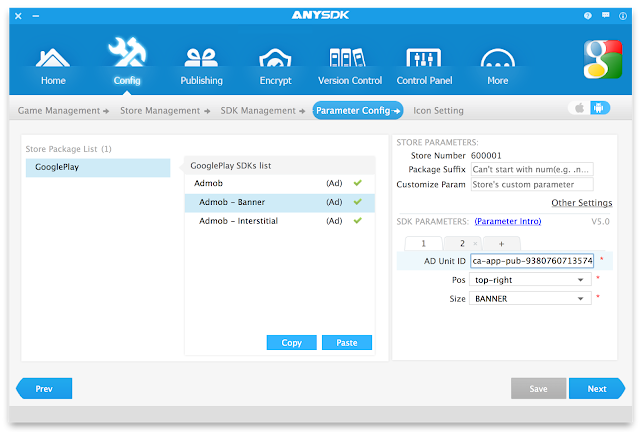Today we’re releasing v7.0.0 of the Google Mobile Ads SDK for iOS. For this release, we focused on making the SDK easier to use, including distributing it as a framework. We’re also showing our DFP publishers some love by launching new first-class APIs to support the common DFP features they’re already using with Google Publisher Tag. A detailed list of these and other changes can be found on our release notes page.
SDK as a framework
The SDK is being distributed as a framework in this release. This comes with the following benefits:
- You only have to add one item to your project. No more worrying about adding headers separately!
- The SDK automatically links frameworks it depends on. No more manually adding framework dependencies!
- Classes that use the SDK can now automatically import the necessary headers files with a single line of code:
@import GoogleMobileAds;
Previously, you had to import header files separately.
#import "GADBannerView.h"
#import "GADBannerViewDelegate.h"
#import "GADRequest.h"
If all that wasn’t awesome enough, we also removed the need to include the -ObjC linker flag in your project! Just drag in the library to start using it.
If you’re using CocoaPods, you automatically get all of these changes by referencing version 7.0.0 of the Google-Mobile-Ads-SDK podspec. Since this is a major release, make sure you update your Podfile to grab major version 7:
pod 'Google-Mobile-Ads-SDK', '~> 7.0'
Introducing new friendly DFP APIs
Version 7.0.0 also adds first-class support for custom targeting and category exclusions in a brand new DFPRequest object.
DFPRequest *request = [DFPRequest request];
request.customTargeting = @{
@"gender", @"male"
};
request.categoryExclusions = @[@"cars", @"sports", @"pets"];
New to 7.0.0 is the ability to roadblock creatives and prevent competing ads in mobile apps. The SDK does this by adding an updateCorrelator method with similar functionality to the same method in GPT:
[DFPRequest updateCorrelator];
All subsequent DFP ad requests will use the new correlator value until the correlator is updated again. Requests with the same correlator are capable of being roadblocked, and will not serve competing ads.
For more information on the DFP API improvements, see the developer docs.
Dropping support for iOS 5
With this release, we are also dropping support for iOS 5. We’ve noticed that almost all users are running iOS 6 or higher, and dropping support for older versions means the library can take advantage of the newer iOS APIs and offer more stability for you and your users. The SDK now supports only iOS 6.0 and up.
Sounds great! Where can I download the SDK?
As always, the latest SDK can be found on our downloads page. If you have any technical questions about these updates, drop us a line on the forum.




